Introduction Into My Final Reflection and S.M.A.R.T. goal
Recently, I started training to become a science teacher at a secondary school. A large part of my learning process involved tracking and evaluating my personal development during my placement. From this experience an effective technique I picked up was to use the aid of a S.M.A.RT goal, which would allow you to successfully reach your aims when starting a project (Haughey, 2014).
I decided to apply this style of learning to my UOSM2008 module, creating a S.M.A.R.T. goal at the beginning of the semester that I hoped to of achieved by the end of the module.
As a result, this reflection blog will evaluate my time on the module and whether I successfully achieved my goal based on the following sections: my personal development, self-evaluation of my blogs, feedback from peer markers and my overall conclusion.

My S.M.A.R.T. goal: I will improve my digital literacy skills, by blogging, exploring and commenting on other people’s blogs and utilising resources such as MOOC, by the end of the UOSM2008 module.
Personal Development
My Digital Self-Assessment Tests
One method I used to evaluate the progression of my digital skills and assess whether I reached my S.M.A.R.T. goal was by comparing two digital self-tests; one from the start of the module and one from the end, shown below:


To analyse these tests efficiently I made an additional info-graphic below to help visualise my overall improvements. From the info-graphic it is evident that my biggest improvements were participating on online communities and managing my online identities. I feel this is mainly due to my participation on MOOC and the creation of an online network, made up of other student on the UOSM2008 module, where many of my comments on other bloggers work led to interesting discussions on topics that we were researching and learning.

Additional skills
However, although very useful, I feel the digital self-tests do not cover all aspects of my skill development during my time on the module. More significant digital development included a vast attainment of knowledge on topics such as: online dangers and safety, types of online identities/users and assessing online information as well as the improvement of my digital vocabulary with new technical terms.


Self-Evaluation of My Blogs
Another method I used to assess my development towards my S.M.A.R.T. goal was the critical evaluation of my Topic 1-3 (and this Final Reflection) blogs, where I decided to incorporate Gibbs cycle to aid my structure (Gibbs and Coffey, 2000). My choice of using Gibbs cycle is due to the reflective and systematic nature of the framework as it provides clarity when discussing each phase of a project (Oxford Brookes University, 2018). Below I have created info-graphics on each topic around the cycle :
From each of my info-graphics I can see I have learnt a lot about each topic I have researched as well as aspects which I could improve on in the future to enhance my learning. From these cycles I have also been able to determine my biggest achievements and shortcomings during my time on the module:

Feedback From Peers Markers
In addition to writing my blog posts, responding to critical feedback was also a crucial part to help develop and improve my skills. Therefore, in this final blog post I decided to incorporate improvements that have been suggested to me by peer markers. I have included in an info-graphic below, in the form of a checklist, in aim to make my current and future blog posts more appealing and clearer to readers:

Conclusion
To conclude, as one of my biggest shortcomings was not including videos or animations in my blogs, I decided to improve on this by creating a short video, using PowToon, to briefly display a summary of my digital development shown below:
Ultimately, from this final reflective post, it is evident that I have achieved my S.M.A.R.T. goal to a good extent shown through the improvement in my: digital self tests, other mentioned additional skills, my media, data and information literacies and lastly my knowledge gained through my weekly blogs (shown using Gibbs cycle). I particularly enjoyed the module as it entitled me to freely express and present my views creatively through my blogs, as well as engage in discussions on topics I initially hadn’t been aware of.
In addition, my time on the module allowed me to question my online identity and gain a better sense of how I want to present myself and be perceived by others online. In future, I aim to improve my digital skills further by creating more blog pages displaying some of my keen interests and also incorporate info-graphics and videos in more of my academic work.
Word Count: 905
References:
- Haughey, D. (2014). A Brief History of SMART Goals, Projectsmart, Available at: https://www.projectsmart.co.uk/brief-history-of-smart-goals.php (Accessed 21st May 2018)
- Gibbs, G. and Coffey, M. (2000). Training to teach in higher education: A research agenda. Teacher development, 4(1), pp.31-44
- Oxford Brookes University, (2018). Reflective writing: About Gibb’s cycle, brookes.ac.uk, Available at: https://www.brookes.ac.uk/students/upgrade/study-skills/reflective-writing-gibbs/ (Accessed 21st May 2018)


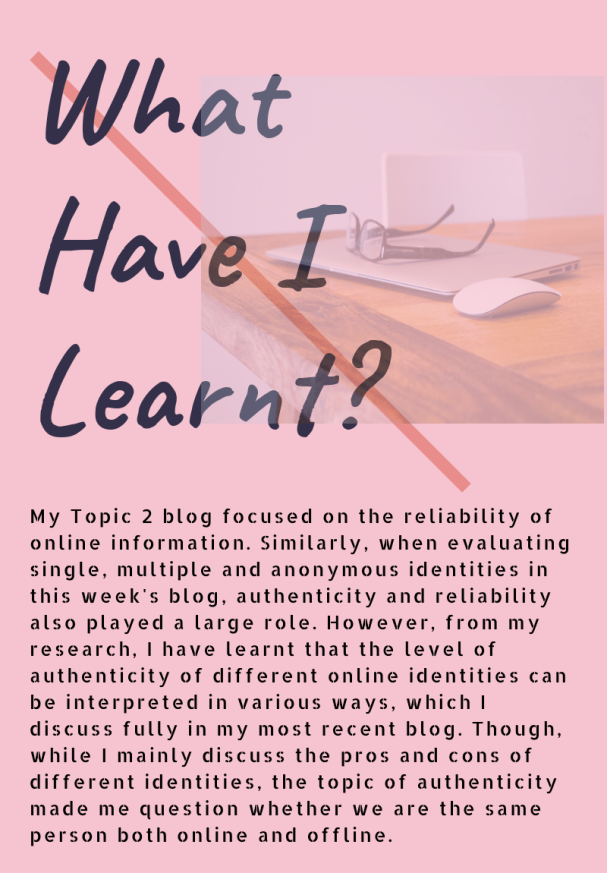


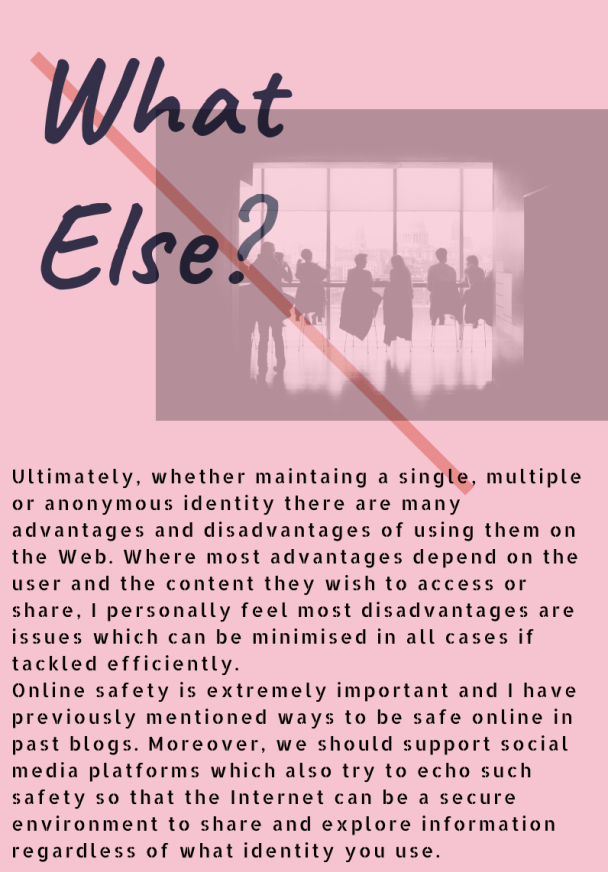

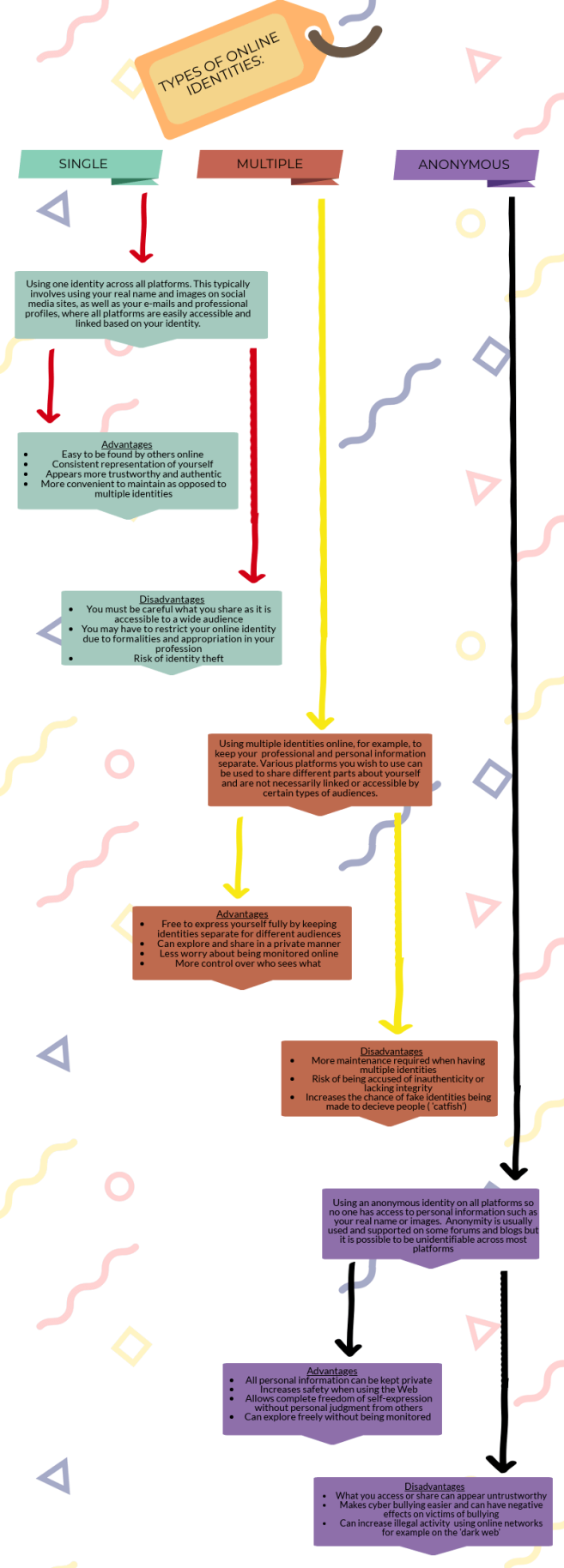
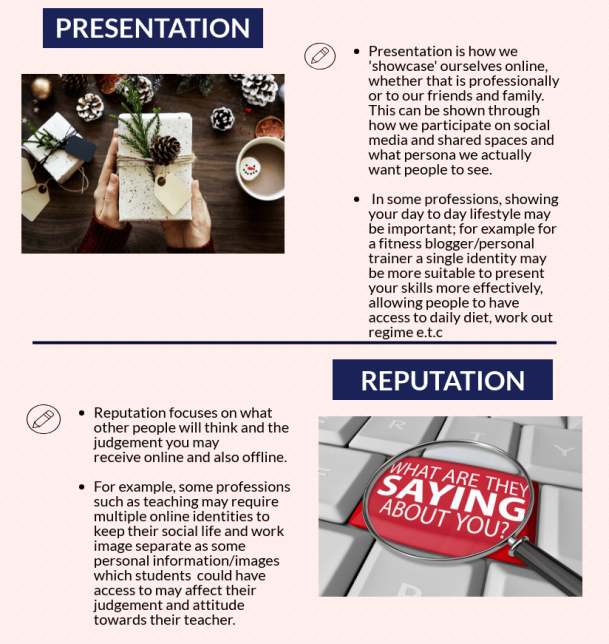
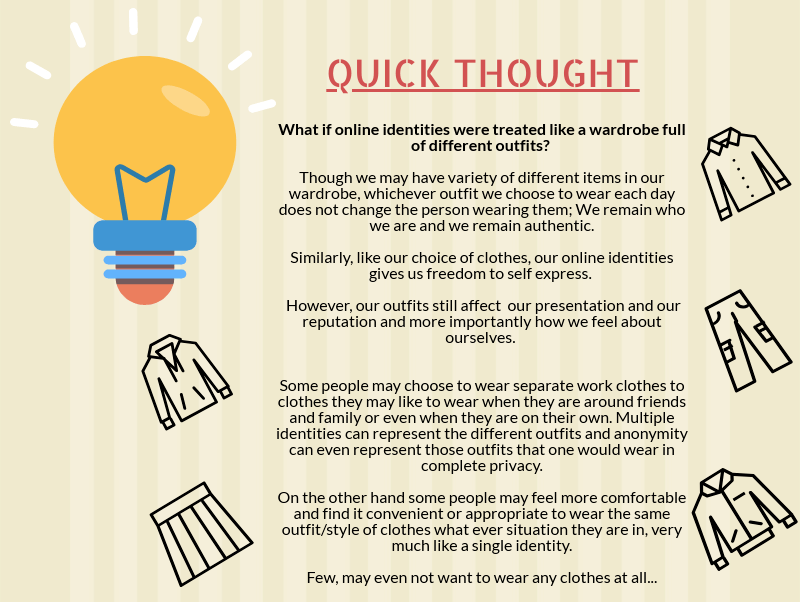

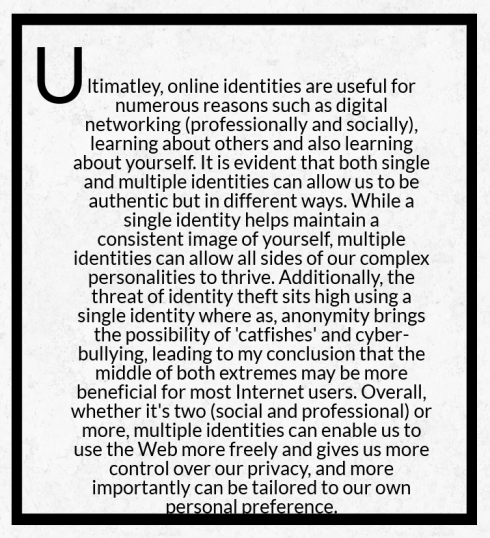


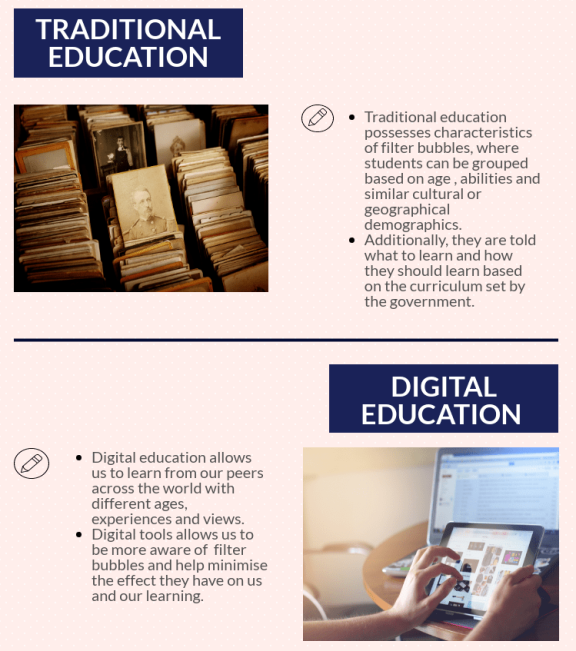













 Though, discussing this with Sam, where he explains that with regards to Prenksy’s theory, there must be a “relationship between the age of a user and the likelihood of them being a digital resident or visitor” shows that age may still be relevant, just not the most important attribute when describing a digital resident.
Though, discussing this with Sam, where he explains that with regards to Prenksy’s theory, there must be a “relationship between the age of a user and the likelihood of them being a digital resident or visitor” shows that age may still be relevant, just not the most important attribute when describing a digital resident.